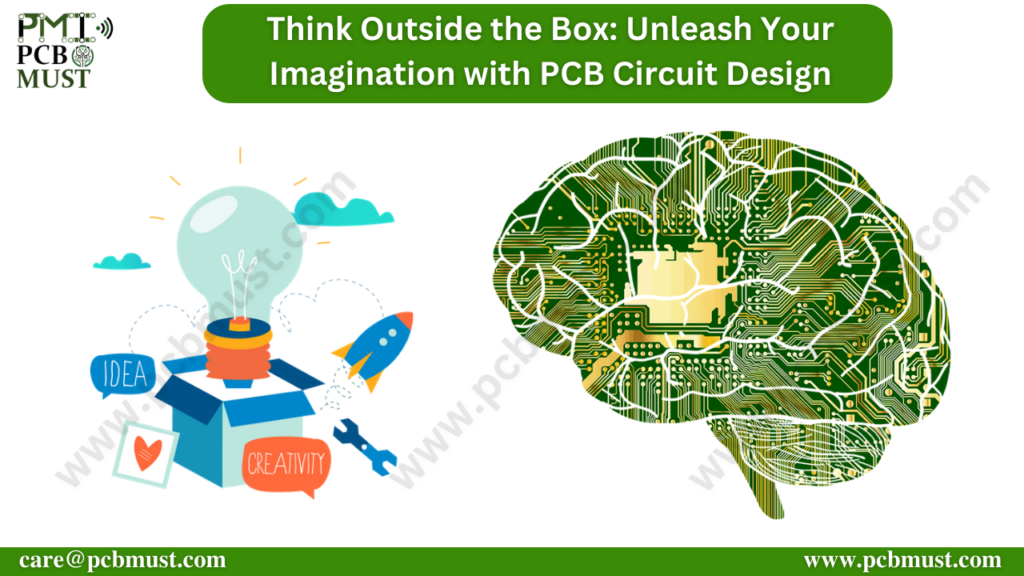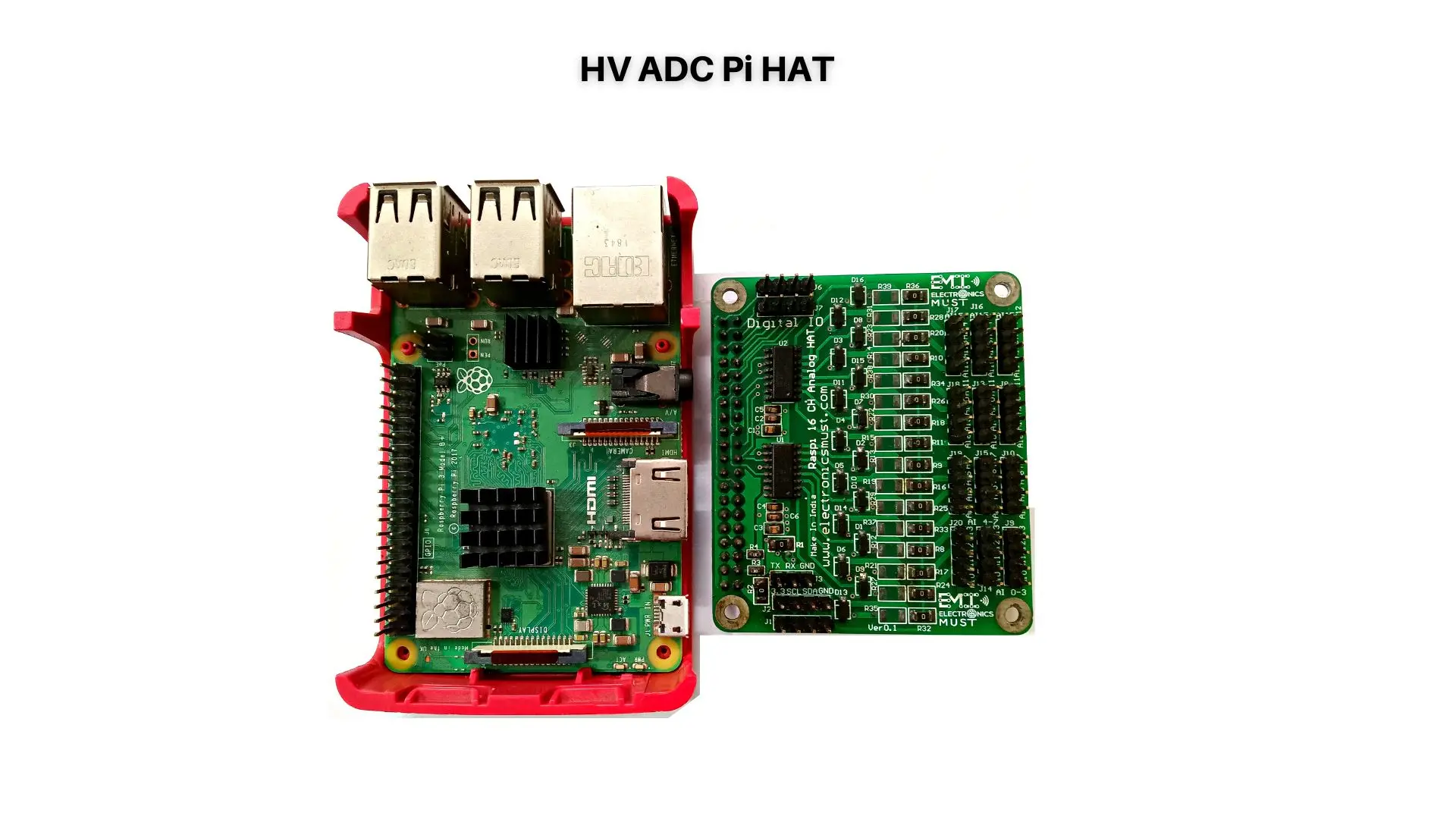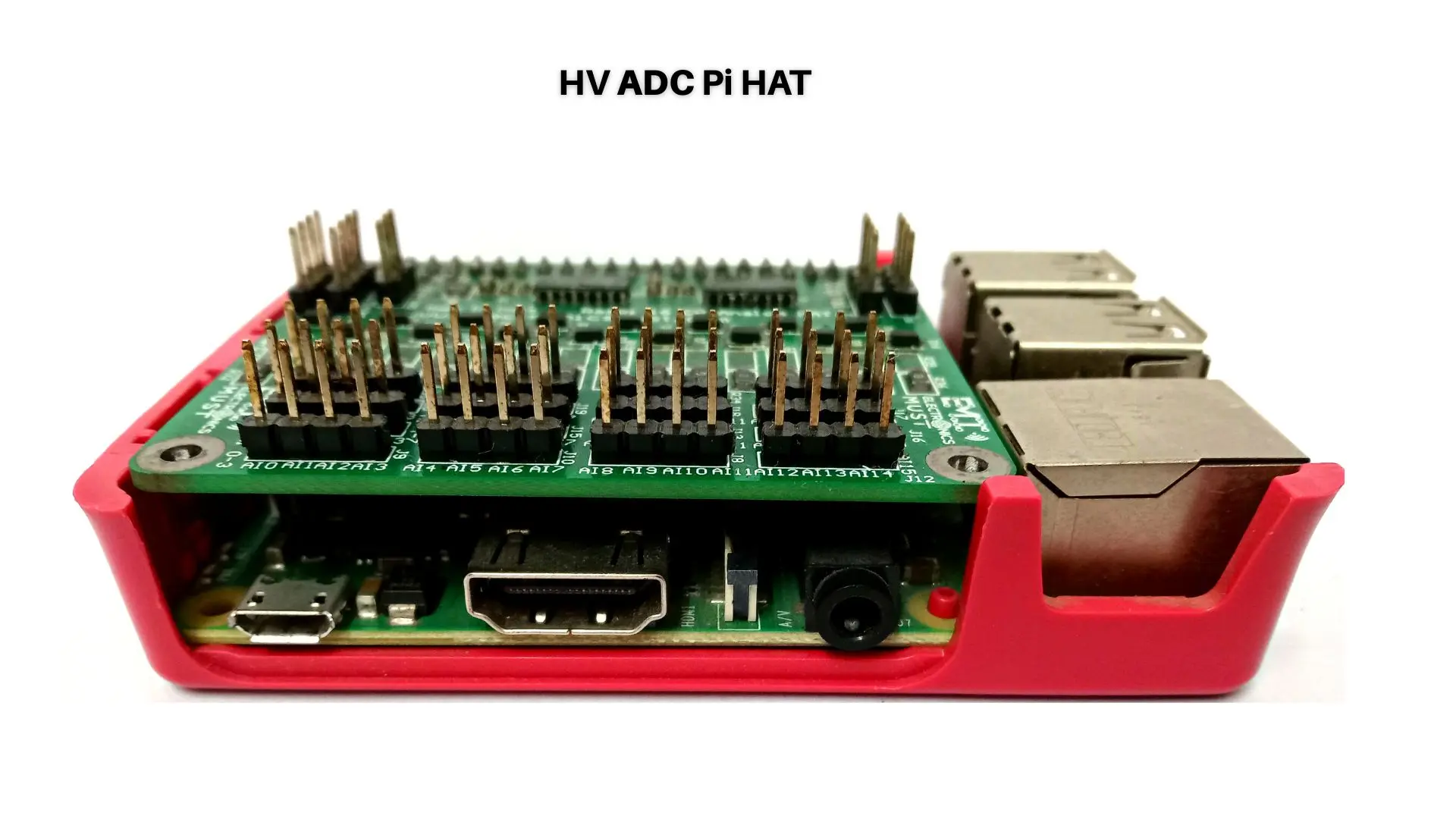Here , we hope you will find everything you need to know about PCB circuit design. This essay will go into the world of imaginative and creative circuit design, giving you the tools to think creatively and imaginatively. Whether you’re an experienced engineer or a curious hobbyist, this guide will offer insightful advice and helpful hints to help you take your PCB designs to the next level.
Knowledge of PCB Circuit Design
A PCB is what?
Electronic gadgets are supported mechanically and electrically by a printed circuit board (PCB), which also connects various components. It serves as a framework for creating compact, effective systems out of intricate circuitry. PCBs are extensively employed in a variety of sectors, including consumer electronics, automotive, aerospace, and telecommunications.
Creativity in PCB Circuit Design: Its Importance
A critical component of PCB circuit design is creativity. Although technical proficiency and respect to industry norms are important, the ability to conceive creatively separates extraordinary designs from the norm. Innovative PCB designs can increase functionality, improve performance, lower manufacturing costs, and create new opportunities for innovation.
Using Innovation in PCB Circuit Design
Accepting Non-Traditional Solutions
Accepting unusual solutions is a driver for creativity in the field of PCB design. Engineers might discover new design possibilities and push the limits of what is thought to be feasible by questioning conventional design conventions and investigating alternative techniques. Consider unconventional placement, routing, and component choices as well as typical design.
Including Both Aesthetics and Function
A well-designed PCB captivates with its looks in addition to performing smoothly. Your designs can have a powerful visual effect and improve user experience by including aesthetics. Consideration should be given to the direction and placement of each component, as well as the use of eye-catching shapes and legible labelling. Aesthetically appealing designs can influence users’ behaviour and set your product apart from the competition.
Improvement of Signal Integrity
The reliable transfer of electrical signals without interference is made possible by signal integrity, which is of utmost importance in PCB design. You can improve the overall performance of your circuit by finding innovative solutions to signal integrity problems. To reduce signal distortion and increase data integrity, use strategies including impedance matching, regulated routing, and appropriate ground plane design.
Making Use of Advanced Design Tools
Making use of cutting-edge design tools is essential for staying ahead in the always changing field of PCB circuit design. Software programmes like Altium Designer, Eagle, and KiCad provide strong functionality and simple interfaces that make it easier to visualise and put creative designs into practise. These technologies make it possible to collaborate effectively, offer large component libraries, and provide simulation capabilities to test designs before prototyping.
Pushing Boundaries: Actual Case Studies
PCBs with Flexible IoT Wearables
The wearable technology sector has undergone a change because to the Internet of Things (IoT). Lightweight, cosy, and adaptable wearables have been developed in large part thanks to flexible PCBs. A new generation of smartwatches, fitness trackers, and medical monitoring gadgets has been created by designers by inventively integrating sensors, microcontrollers, and energy sources onto flexible substrates.
PCBs that are more compact for space exploration
PCB design has a completely new dimension in the context of space travel. Radiation, weight restrictions, and high temperature changes are challenges that engineers must overcome. Space agencies have successfully created small and dependable electronics for satellites, rovers, and spaceships using cutting-edge design approaches like multi-layer PCBs, thermal management systems, and radiation-hardened components.
Conclusion
In conclusion, believes that creativity and out-of-the-box thinking are instrumental in achieving remarkable PCB circuit designs. By embracing unconventional solutions, incorporating aesthetics, optimizing signal integrity, and leveraging advanced design tools, engineers can create innovative and visually appealing PCB layouts. Real-world examples, such as IoT wearables and miniaturized PCBs for space exploration, further illustrate the immense potential that lies within creative PCB circuit design.






